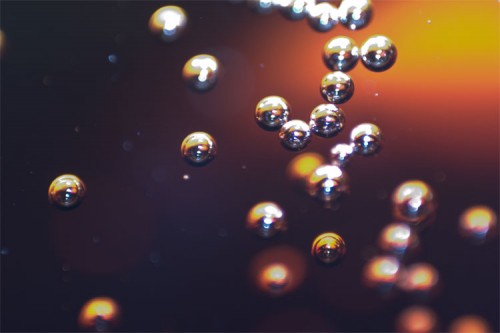When understanding the states of matter, students often are able to understand those states they can see and work with the easiest (liquids and solids), and they are less able to reason about gases. Gas is all around us, but most students don’t think it weighs anything or matters very much. This exercise is designed to help students realize that gas has mass, and that the gas can add up and affect how the world works. We will weigh a balloon empty and full to see how the gas weighs something. We will watch a glass of soda lose mass as the bubbles leave. We will then compare the temperature within two clear containers (one with classroom air, and the other with the breath of a student) that are placed in the sun to see how particular gases (in this case carbon dioxide) can change the environment.
At the conclusion of the lesson, students will be able to:
- Recognize that matter in the gas phase has weight
- Describe how there can be different types of gases that can act differently (just like there are different types of liquids or solids)
- Understand that even though we can’t see air, it is still all around us.
- Operate a scale or balance to measure the weight of an object
- Operate a thermometer to measure the temperature
Resources:
- Lesson plan (.docx)
- Student worksheet: advanced, simple
- Worksheet key
Lesson Plan created by KBS K-12 Partnership Fellows

